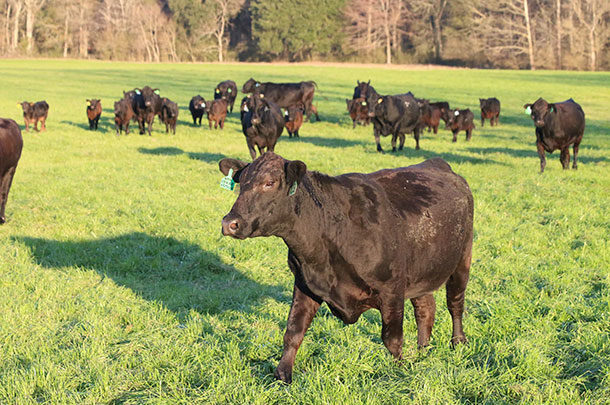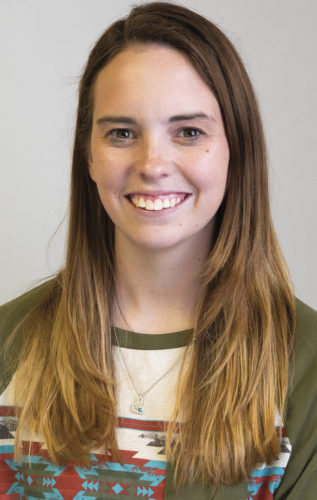John Jennings, professor and extension forage specialist at the University of Arkansas, currently heads an extension program devoted to lengthening the grazing season and improving forage management. Speaking at the NCBA industry convention in February, he spoke of grazing systems for the South.
The most common forage systems in the southeastern U.S. incorporate bermudagrass and bahiagrass. The system is typically grazed from May to October, with hay baled in the summer and fed in the winter.
Jennings’ program emphasizes transitioning the time normally spent baling and feeding hay into time spent adapting a more effective grazing system.
“We surveyed some producers around our state,” Jennings said, “and we found out they are spending – say a typical 100-cow herd, in that ballpark – they are spending over 200 hours a summer just baling hay and another 200 hours in the winter just feeding hay, so no wonder they don’t have time.”
Successful planning needs to be implemented in order to extend the grazing season. Jennings emphasized the fact that growing a superior pasture crop requires the same management as growing a hay crop, and it must be planned for each season of the year.
One way to implement Jennings’ plan includes stockpiling bermudagrass or bahiagrass to fulfill a herd’s needs through late December. This option does not require a producer to plant any additional crops or incur additional seed costs.
“Stockpiled bahiagrass works just as well, and stockpiled bermudagrass,” Jennings said. “If we set that up, we can get down into late December most years just by [stockpiling].”
Another option suggested by Jennings is to plant a mixture of small grains and ryegrass. This provides grazing opportunities in late winter and early spring, before returning to the bermudagrass and bahiagrass. A variation of this plan could include implementing other crops such as clovers.
“[Clovers] boost up our quality,” Jennings said. “Then we can talk about the nitrogen benefits and things like that as well.”
Another trend in the Southeast combines planting alfalfa and bermudagrass. Jennings said the key is learning what balance of these techniques works best for your growing season.
“Like any agronomist is going to tell you,” said Jennings, “when you are doing any type of forage management practice, we do a fertility test to find out if we have any fertility issues, if we have any at all.”
Another tip Jennings offered is to remove old growth from a forage system to allow a larger percentage of the next crop.
“If the cows didn’t eat it the first time, they sure won’t eat it the second time,” Jennings said.
Jennings advised against brush hogging to remove the old bermudagrass or bahiagrass because of the high amounts of stubble remaining in the field after brush hogging. The goal is to take the stubble down to around 3 inches to encourage the cows to consume more of the grass in the future.
“Basically, you are growing the last hay cutting of the year,” Jennings said, “but you are letting the cows harvest it for you.”
From an economic standpoint, Jennings revealed producers who participated in the testing of this system saved around $58 per animal unit and achieved more than 100 animal unit grazing days per acre by implementing this system.
Planning ahead and strategizing your program before you turn out cattle will allow you to spend your time preparing for the spring. Revitalizing your forage program could save you time and money, without compromising the condition of your cattle, and that is the real dream of a cattle producer. ![]()
Joy Hendrix is a freelance writer currently based in Oklahoma.
PHOTO: Growing a superior pasture crop is as demanding as growing a strong hay crop. Photo by David Cooper.









